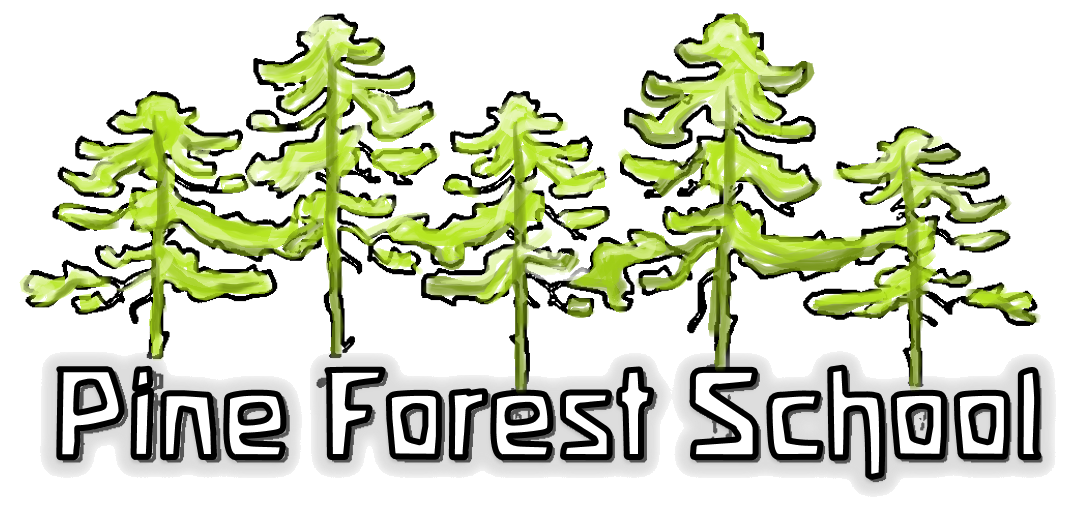Cedar Forest Children's Garden
A crowning jewel of Pine Forest School
Design Map
What we’re working towards....
Campus Grounds
- Open Central Space for Ceremonies, Celebrations, and other Gatherings; “community center or plaza”, amphitheater, recessed and sloped
- Playgrounds; early childhood, big kids, and games
- Contours to the land; enhancing specific use “zones”, enhancing water harvesting potential
- Natural Fences (adobe, straw bale, native plant); security, noise and windbreaks Water Harvesting Features; basins, berms, cisterns for rooftop rainwater collection
Farm / Growing Spaces
- Vegetable Gardens
- Large Covered Hoop House
- Greenhouse
- Herb Beds
- Pollinator Gardens
- Native Plant wild gardens on the “edges”
- Fruit trees
- Art; on solid fences, building walls, cisterns
- Community Vegetable Garden
Farm/ Animals
- Chickens with runs and shelter
- Goats pens and shelter
Farm Educational Work & Utility
- Long Term Site Monitoring stations; monitor site biodiversity over time, starting now
- Outdoor Classroom(s); open to south, otherwise sheltered – incorporated into other structures, double as outdoor work areas
- Farm Kitchen; for produce cleaning, etc.
- Outdoor Oven; brick or adobe
- Composting Area; soil building
- Utility Structure; tool storage and care , etc
Benefits
As human beings, we draw our daily sustenance from the earth, and therefore have some responsibilities toward the land both for our sake and for the well-being of others. Over the elementary years, wonder awakes responsibility, which ripens into love for the world around us. Practical gardening skills strengthen hope and our ability to make a positive difference. The students experience this directly when they plant seeds, care for the plants, harvest the crops, prepare the produce, and then consume it as part of our organic school lunch program.
Celebrating History and the Future
S.T.E.M. is integrated into our experiential learning model. Gardening has been a part of the Waldorf school curriculum since the very first Waldorf school in 1925. Growing plants and celebrating conversation allows the students to develop a deeper appreciation for and awareness of the human being’s relationship to the natural world. By caring for the garden, experiencing the growth of plants, and harvesting what they give us, the students develop a deeper consciousness and appreciation.
Thank You
The Cedar Forest Children's Garden is made possible in-part by:
The Arizona Community Foundation
The National Fruit Tree Planting Foundation






